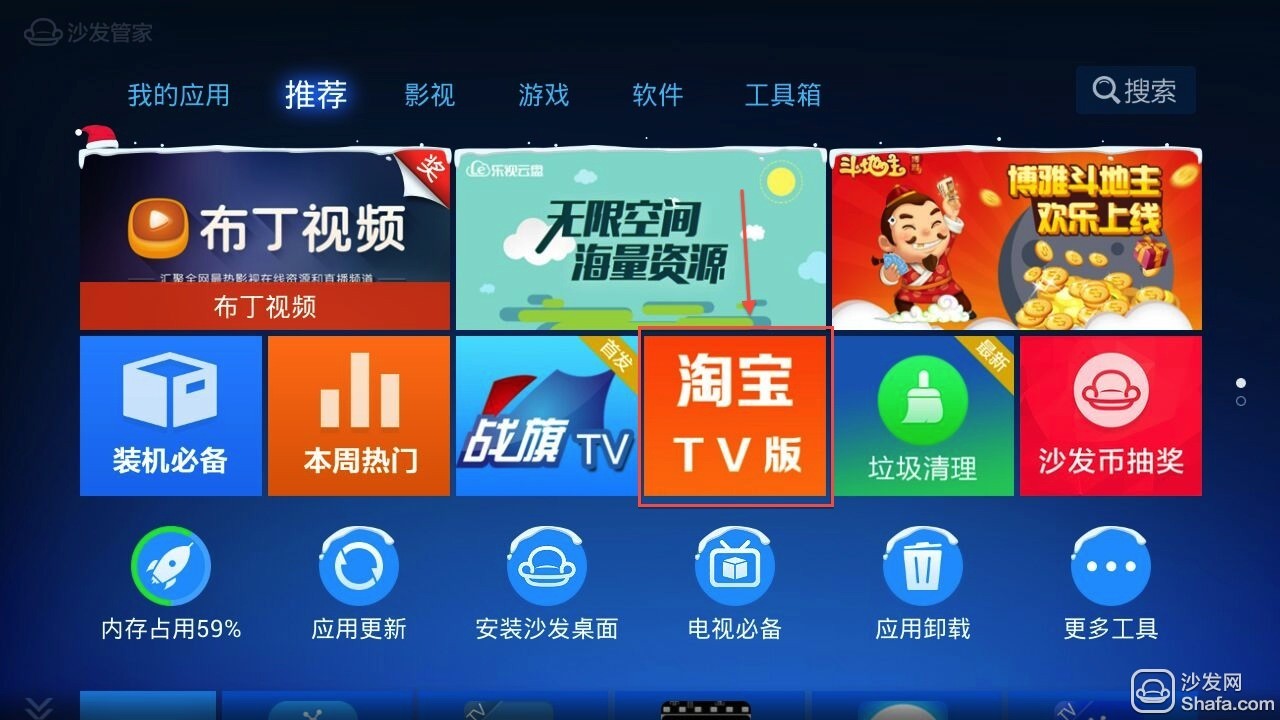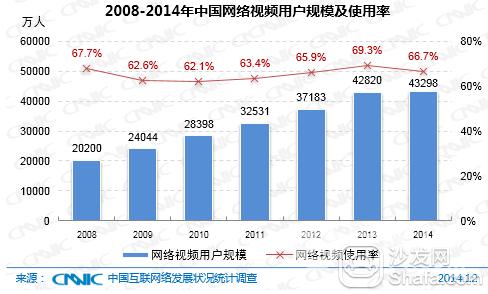
Second, the use of network video terminal equipment
(I) Network video viewing terminal equipment
The mobile phone surpasses the PC and becomes the first terminal to watch online video programs
From the use of network video user terminal equipment, 71.9% of the users chose to watch online video on their mobile phones. The mobile phone became the first terminal of network video, followed by the desktop/laptop computer, and the video user's usage rate was 71.2%. The utilization rate of computers and televisions is about 23%, which is a supplement to the main viewing devices on mobile and PC.
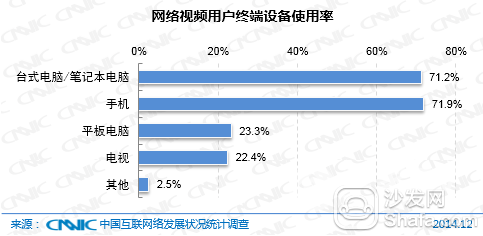
With the continuous upgrading of the network environment, coupled with the advantages of watching video on the mobile terminal to fill the user's fragmentation time, at any time and anywhere, mobile video users are growing rapidly. Judging from the trend of the use of terminal equipment, the proportion of users watching online video programs on the PC continues to decline, and the proportion of mobile terminals continues to increase.
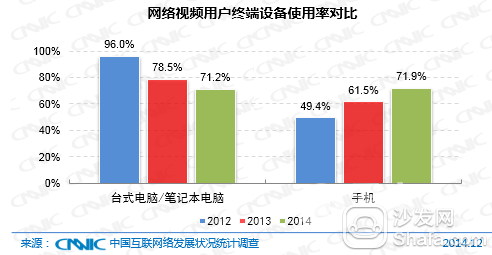
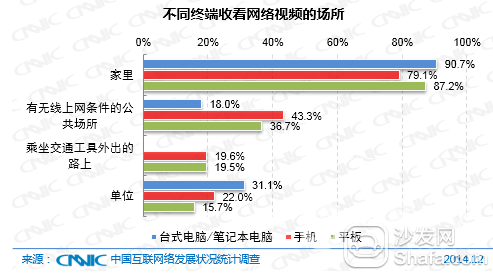

(III) The viewing path of online video programs
Network set-top boxes and smart TVs are the main channels through which people watch online video programs on TVs
Of the users who watched online video on TV, 58.5% of users watched on smart TVs, and 70.0% of users watched on Internet set-top boxes. Among them, STBs and Internet set-top boxes of Broadcasting and TV Department were evenly divided, and their market share was about 25%. IPTV’s Market share is close to 10%.



The video brand's brand effect appears, and the diversion effect of search engines is weakened
From the viewing path of online video users, on the PC side, the percentage viewed by the video client and direct access to the video website is about 35%, and the percentage after using the search engine to look it up again is 27.5%, which indicates that the network video Users are already familiar with certain video sites or have installed video clients, and have formed the habit of directly logging into video sites. The branding effects of video sites have gradually emerged, and the diversion effect of search engines has weakened; this is even more so in the mobile world. The proportion of users who find and watch through the video client is more than 60%, and the proportion of users brought by search engine diversion is below 20%.

On the mobile side, watching online video programs online via video clients is the most important method
According to the use of mobile video users, online viewing through the client is the main method. 44.4% and 50.6% of mobile phone and tablet video users watch online video programs in this way and watch offline via mobile phones and tablets. The proportions were 16.3% and 9.6% respectively.
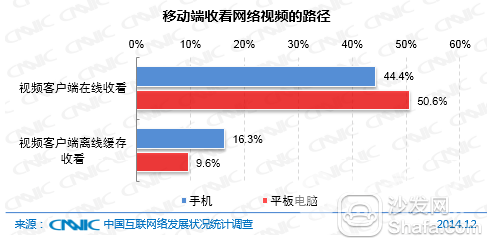
Online video users are mainly content-oriented, with fewer website loyalty, especially female users.
On the PC side, there is almost no cost for video users to convert video sites, and the cost on the mobile side is to install a new client. When watching online video programs, 56.5% of mobile video users will install new video clients to watch a video program. The percentage of female users is 67.6%. Video websites are mainly content-oriented and brand loyalty is not. Gao, who has mastered the high-quality content, will control the audience.

Third, the main video site competition pattern
In 2014, the competitive landscape of video websites was basically stable: Youku, a comprehensive video platform that integrates professional TV programs, home-made programs, and UGC content, firmly occupies the top spot, in terms of overall brand penetration, percentage of loyal users, and proportion of paying users. All are far ahead of other video sites; Fantastic Art/IQIYI and Tencent Video rely on their respective search and portal user bases to quickly gather a large number of users, plus their substantial investment in popular variety shows and home-made plays. The rankings of the indicators are all in the second and third place of the video website; Baidu video does not directly provide video services on the PC side, but its strong diversion capability and Baidu’s brand effect have cast its strong brand influence. The overall brand penetration rate and mobile phone brand penetration rate ranked fourth. The proportion of devoted users of Tudou.com, which highly praises users' UGC content, was relatively high, reaching 16.1%, ranking fourth, and the brand penetration rate of Sohu Video on the mobile phone side performed relatively well. The percentage of paying users was 4.7%, ranking fourth.
Judging from the results of the survey conducted by CNNIC, the well-performing video websites have received strong support from Baidu, Alibaba, Tencent, and other large-scale Internet companies, and have strong content resources to attract users, or have Its own unique advantages, take the path of differentiated development. At present, the major websites within the video industry are still on the road to profitability.
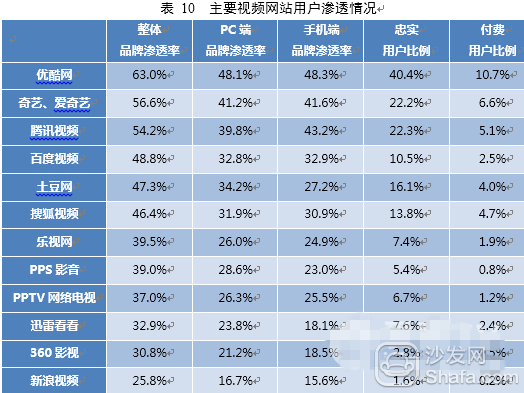
Fourth, online video program content preferences
(I) Content differences viewed by different terminals
Different device terminals, the user's content preferences are also different, in desktop computers / laptops and tablet PCs, users prefer to watch long video, in the mobile phone, some short video, especially funny videos and game videos have a high degree of preference .
Movies, TV shows, and variety shows are the current favorite content for video users on all terminals, and they are also the video content that major video sites spend the most, especially movies and TV shows. However, these two types of video content update speed is too fast, and the content is complex, and there is no obvious help in shaping the brand image of the video website.
23.2% of mobile phone end users like to watch funny videos, second only to variety shows. In addition, mobile phone users have higher preference for original videos and game videos than other terminal devices. In the future, each video site can recommend popular video content to users based on the different characteristics of each terminal to achieve accurate marketing.

(B) The viewing of the hit drama
For the hit TV dramas, 38.8% of the video users choose to directly look on the Internet, 20.7% of the users choose to watch most of the Internet, and only 14.9% of them watch directly on TV.
Traditional TV media have the disadvantages of being fleeting, passive receiving, unable to save, limited playback duration, and long advertising time. Online video avoids these shortcomings and caters to users' needs. However, the large number of purchases of hit dramas has also directly led to the continuous increase in the content costs of video websites.

(3) The degree of interest in online self-produced programs/content
From the beginning of 2014, strong television stations began to tighten their copyrights. Many video sites announced the arrival of the “Internet self-made drama first year†and invested more money in self-produced dramas. In 2014, the online video market has indeed emerged a number of well-known online self-made drama works and columns, which have brought popularity and user traffic to video sites. However, most of the self-produced dramas have been unreliable and have failed to be brought to video sites. To return accordingly.
The survey results showed that 21.7% of the users interested in the self-produced programs of the video site accounted for 23.1% of the users interested in the self-produced dramas of the video site, and 47.4% of the online video users “don’t care what they care about and do not care. This is not a website-made content, and 16.4% of users have little interest in homemade content. From this we can see that online video users care only about content, and they do not care about whether they are "self-made."

V. Development Trend of China's Online Video Industry
Since 2004, online video has entered China and it has been more than 10 years old. In this decade, with the massive inflow of venture capital, the online video industry has rapidly developed and matured, becoming the main application of leisure and entertainment. At present, the pattern of the video industry is basically established. Industry players are seeking new breakthroughs in the business model. Based on the data from this survey, CNNIC predicts that the future video industry will develop in the following directions:
Multi-screen, integration, PC, mobile phone, tablet, television and other multi-screen collaborative development, Internet TV will become the center of the future living room entertainment ecosystem. In the early days of the development of online video, PC was the main channel for people to watch video programs. In the era of mobile Internet, the use of PCs to watch videos has gradually declined, and the use of mobile devices such as mobile phones and tablet computers has increased. Since 2013, many Internet companies have launched their own Internet TV and box products to speed up the layout of living room ecology. After the transformation of the Internet model living room, the TV screen will play an important role.
Sinking to hardware, platform + content + terminal will become the mainstream of the future video industry. In the previous video industry, the content that we contend for is mainly content, and we rely on content to attract users. In the future, the combination of software and hardware will be the key to the video giant's fight. In the first half of 2014, the smart hardware market in the video industry was extremely active. This is also an entry-level dispute and has the same important role as the Internet traffic portal.
Rising to the content, the content is still the core competitiveness of the video site. With video copyright gradually becoming more standardized, the user traffic advantage brought by high-quality copyright content is more prominent. Therefore, the fierce competition of major video vendors for high-quality copyrighted content will continue; in terms of self-produced content, major video manufacturers will continue to invest in terms of their own resources and operational advantages. In the future, self-control strategy will continue to be an important part of video vendors. Efforts will be made to further strengthen the cooperation between video websites and film and television companies, and acquire content copyrights through another "home-made" approach to ensure the quality of content and strengthen the branding of video vendors.
Recommended installation sofa butler, download address: http://app.shafa.com/
